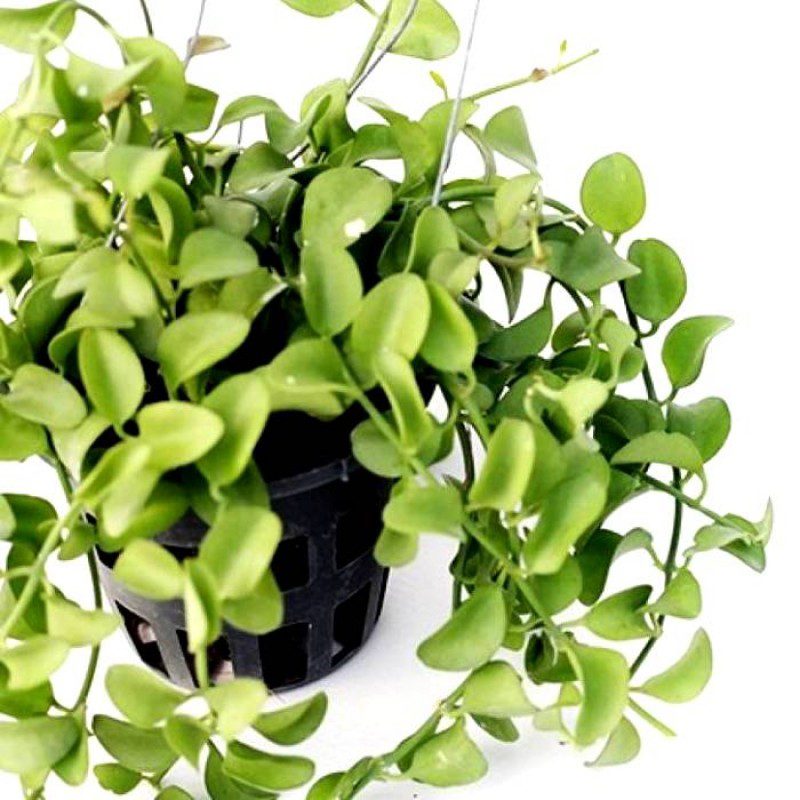Dischidia Plant

Dischidia are epiphytic plants native to Southeast Asia rainforests and can be hardy by nature, zones 10 and 11 in the U.S, or grown as a houseplant anywhere.
These plants are otherwise known as ant plants due to their unique symbiotic connection with ants.
Dischidia ant plants are captivating species with a host of exciting features. Read on to learn more. What is Dischidia?
It isn’t correct to call Dischidia a carnivorous plant, but in a sense, they do attract ants and eat the dead ones – lending to its commonly referenced name of ant-plant.
Ants dwell inside the strange balloon-like organs produced by the plant. They bring in nutrients and repel predatory insects.
To repay, the plant gives a safe home. This is an excellent and unique plant to grow in your home (without the ants).
Dischidia plant care is easy, provided you follow a few cultivation rules. Dischidia plants belong in the milkweed family.
Broken stems ooze milky latex sap, and the plant often grows aerial roots. Dischidia pectenoides is the type most commonly grown and produces tiny red flowers and pouch-like leaves. It is inside these modified leaves that the ants make their home.
Over time, organic material left to rot inside the leaves will get absorbed by the plant as it grows roots into the leaves to harvest the material.
Try growing Dischidia in a hanging pot or trained to a small trellis.
Dischidia in the House
These plants grow wild in low light situations below a thick rainforest canopy where light cannot penetrate deeply.
Care of Dischidia requires indirect sunlight for at least half the day. Avoid placing ant-plant close to doors or windows where drafts can negatively affect the plant.
The most favored medium for Dischidia ant plants is the one that consists of cut bark or coconut husks.
These vines appreciate high humidity and good ventilation. They should also support as they grow or allow the plant to trail in a hanging container.
You can also try growing Dischidia outside in summer but provide the plant with a mottled light area and keep a watch for pests.
Dischidia Plant Care
Let the planting medium dry out before watering the plant. They are accustomed to acquiring moisture exclusively from dew and the air and are will not tolerate boggy media.
If the bark medium is dry to the touch, dip the container in water until air bubbles are not visible.
Ant plant also requires elevated humidity. Mist the plant each day or set the container on a platter filled with pebble stones and water.
The water will vaporize and moisten the air, while the stones will hold the sensitive roots out of the water.
Dischidia doesn’t need fertilizer, but you should change the planting media every year.
If you wish, apply a diluted by half-liquid plant food when you water beginning in spring and stopping by September.
Remember to keep training any plants that are being supported as they grow.
Dischidia Growing Instructions
Cultivate dischidia in half to bright light to maintain the plant happily. In the North, a little direct sun on the leaves is good; however, filtered light is preferable to avoid probable sunburnt in Southern climates.
Water dischidia once the soil surface begins to dry. The plant is reasonably drought tolerant, so there is no need to be alarmed if you forget to water it now and then.
The plants can also be grown from seeds that are produced in pods that split when they mature. The seeds have fine hairs attached that enable the wind to carry them away.
Dischidia is not suitable for animal or human consumption.



























Comments are closed.